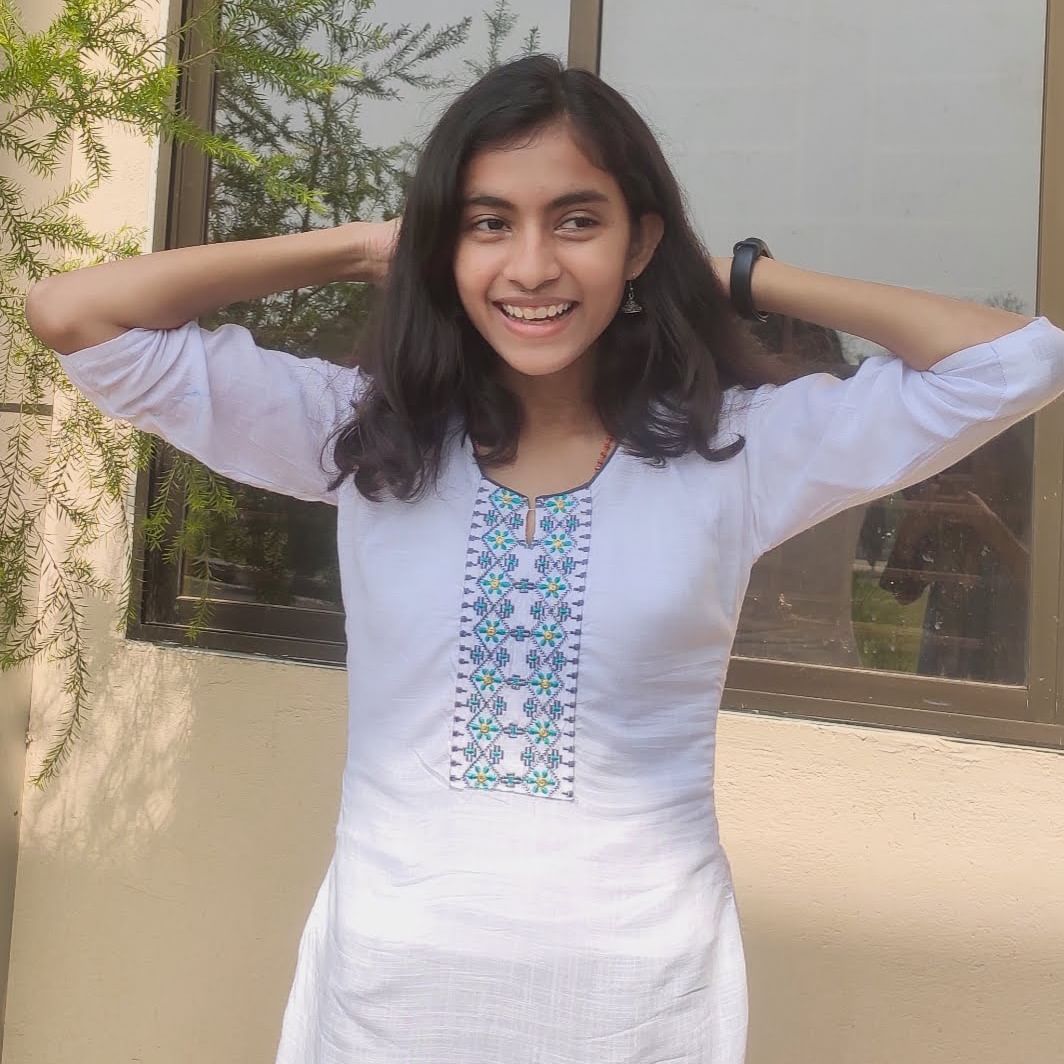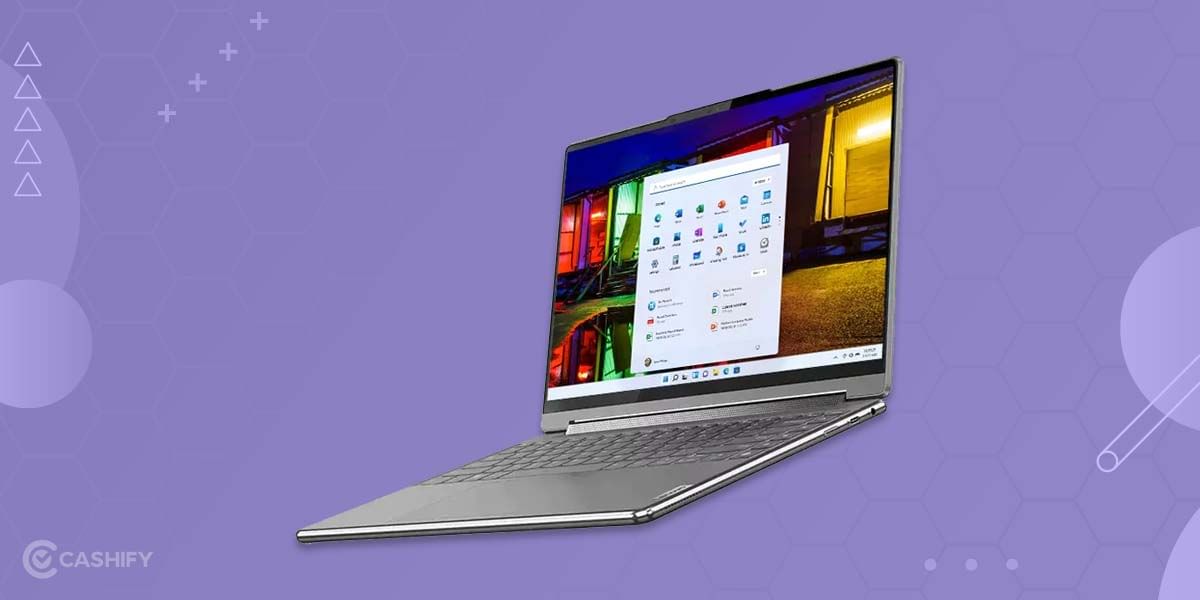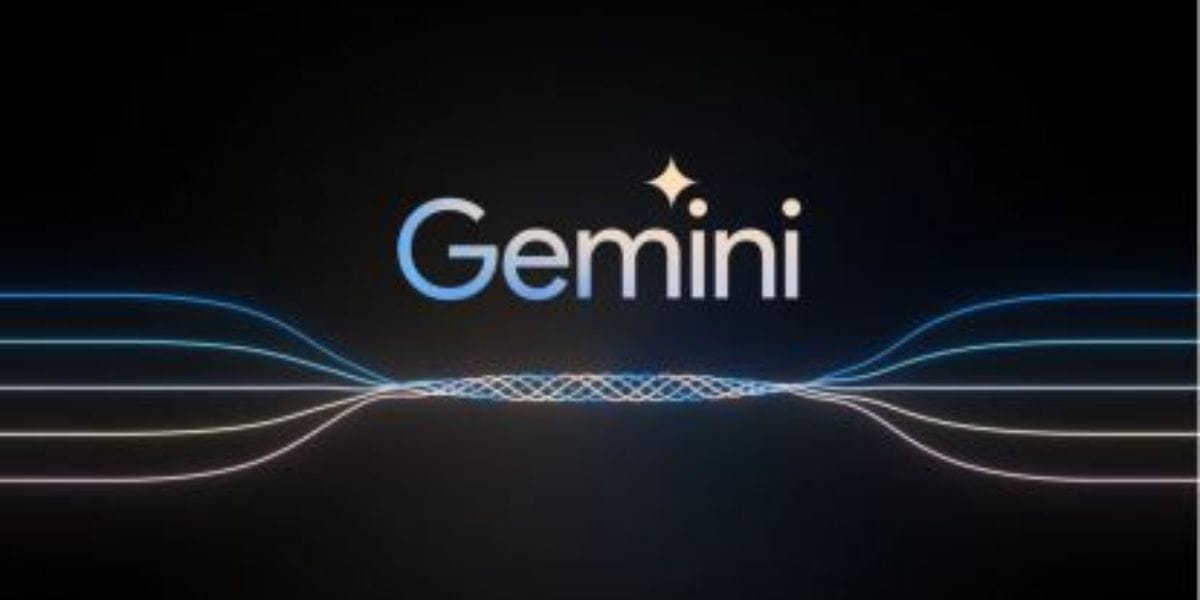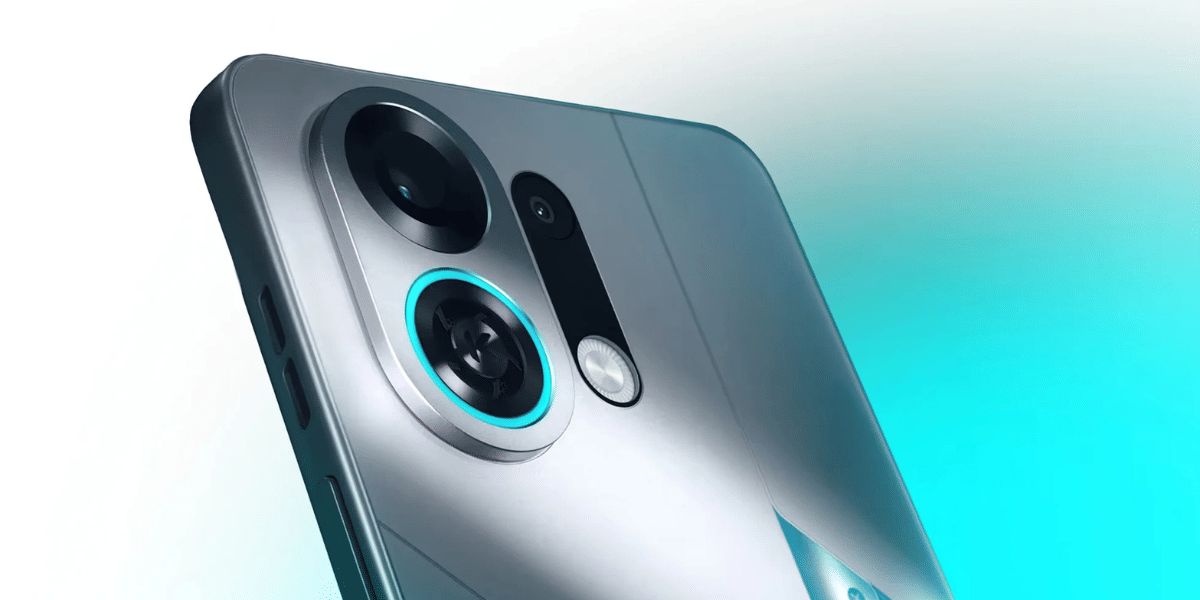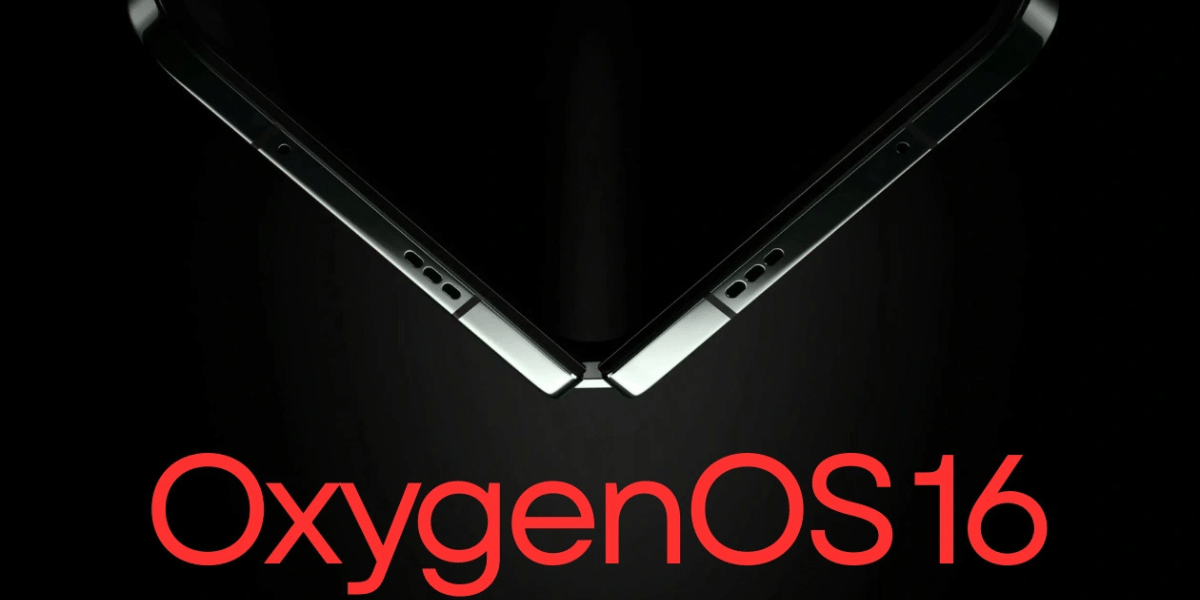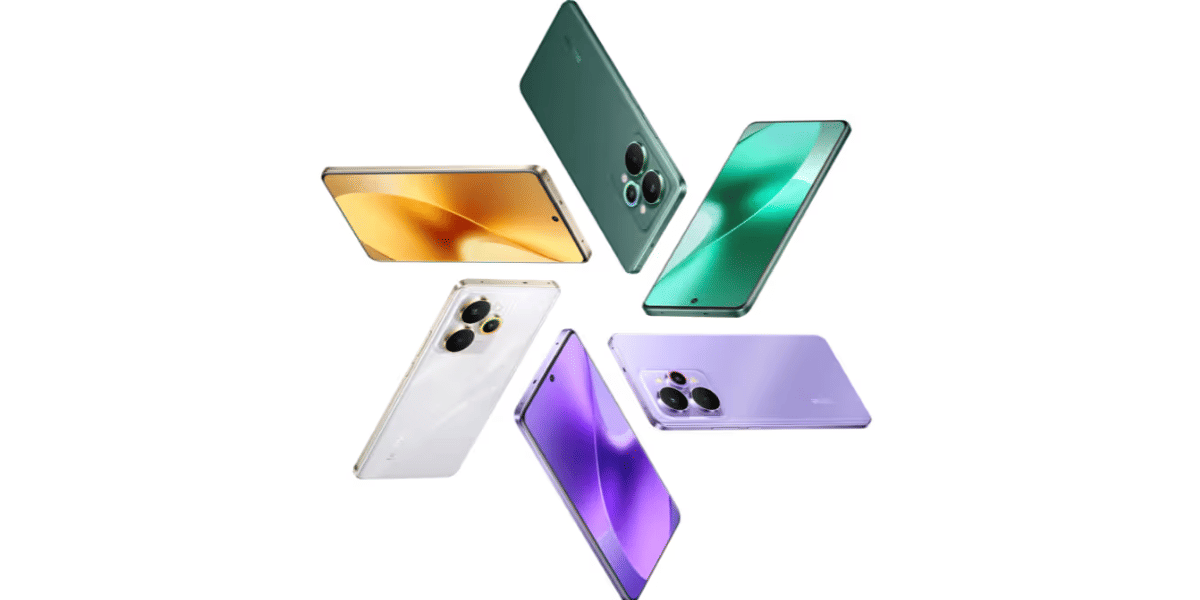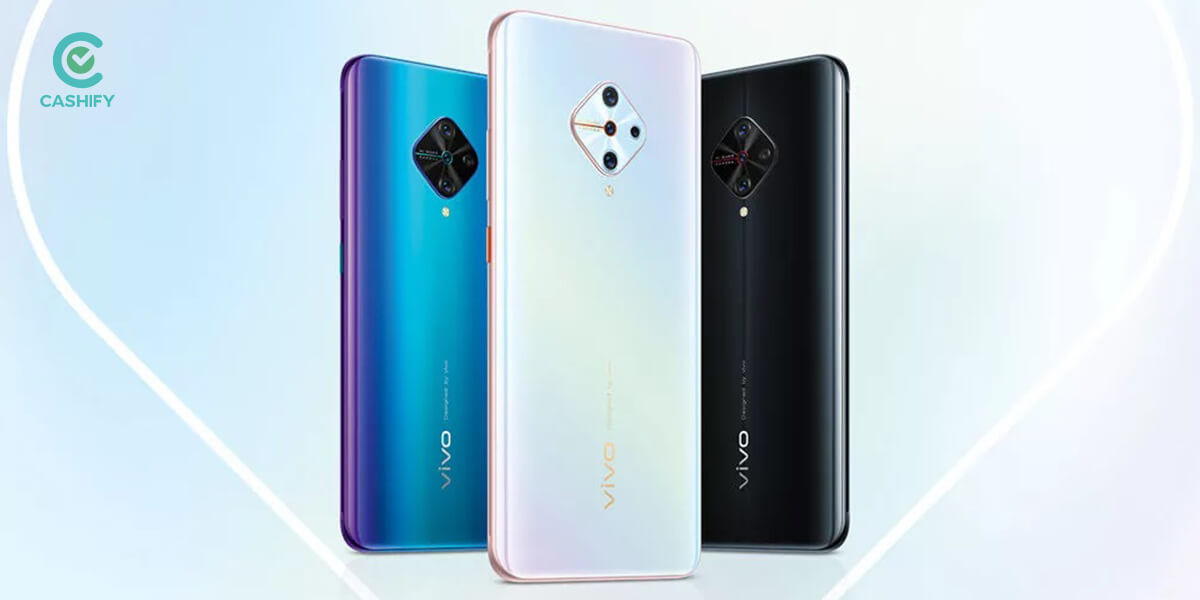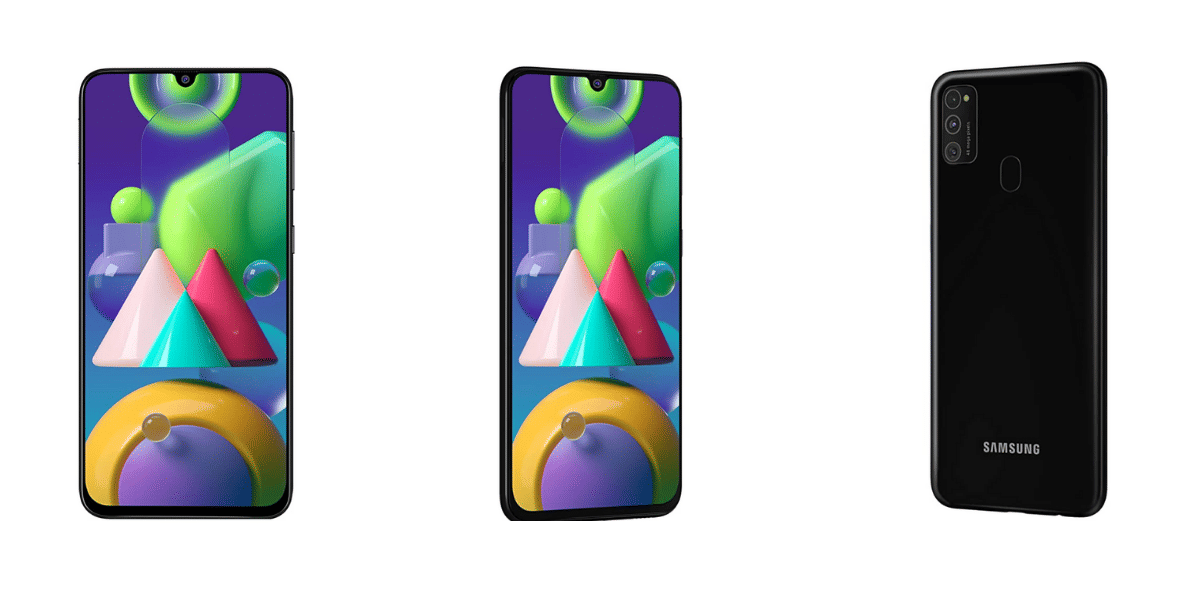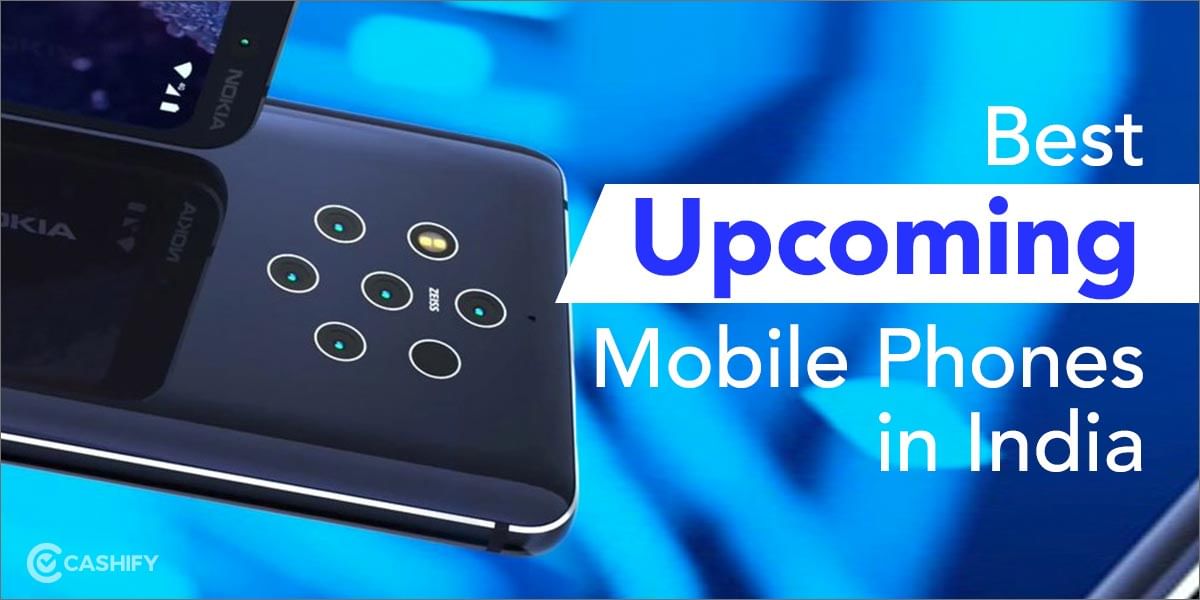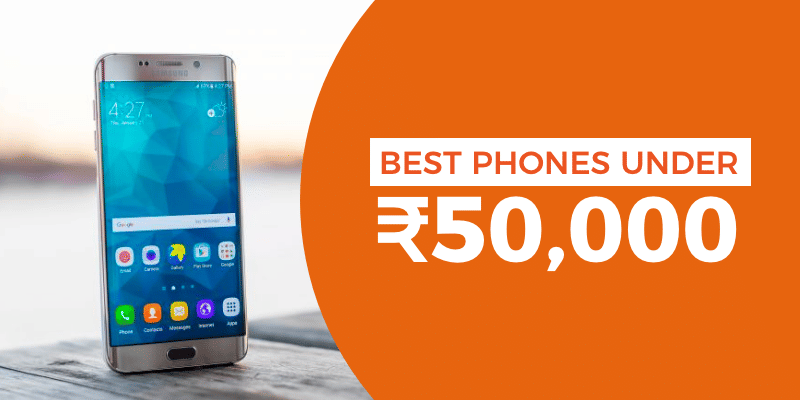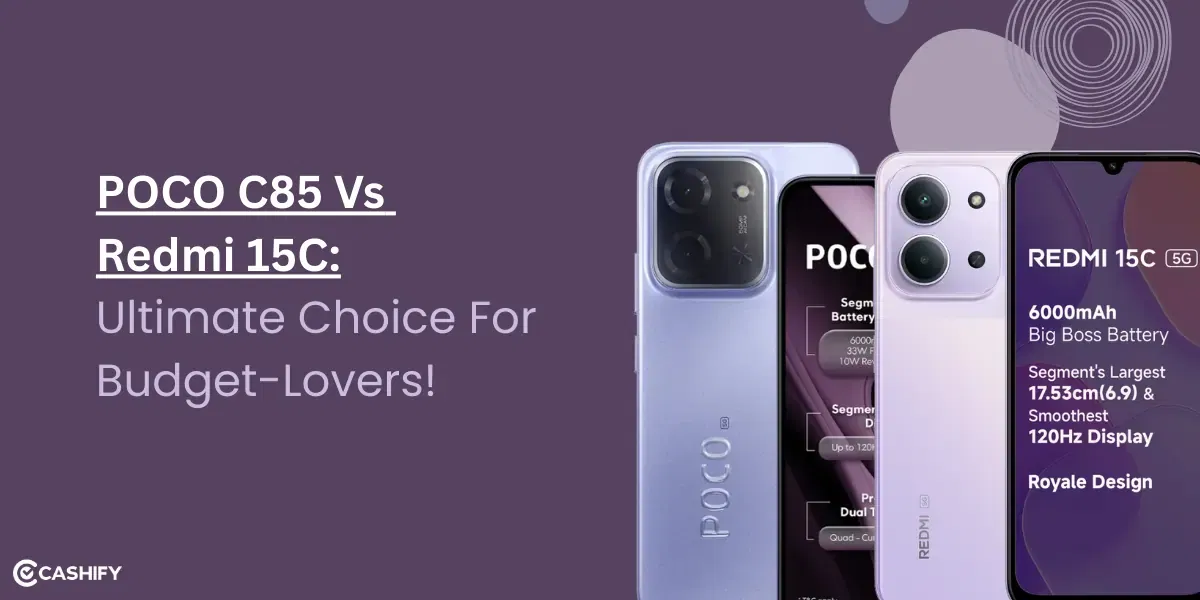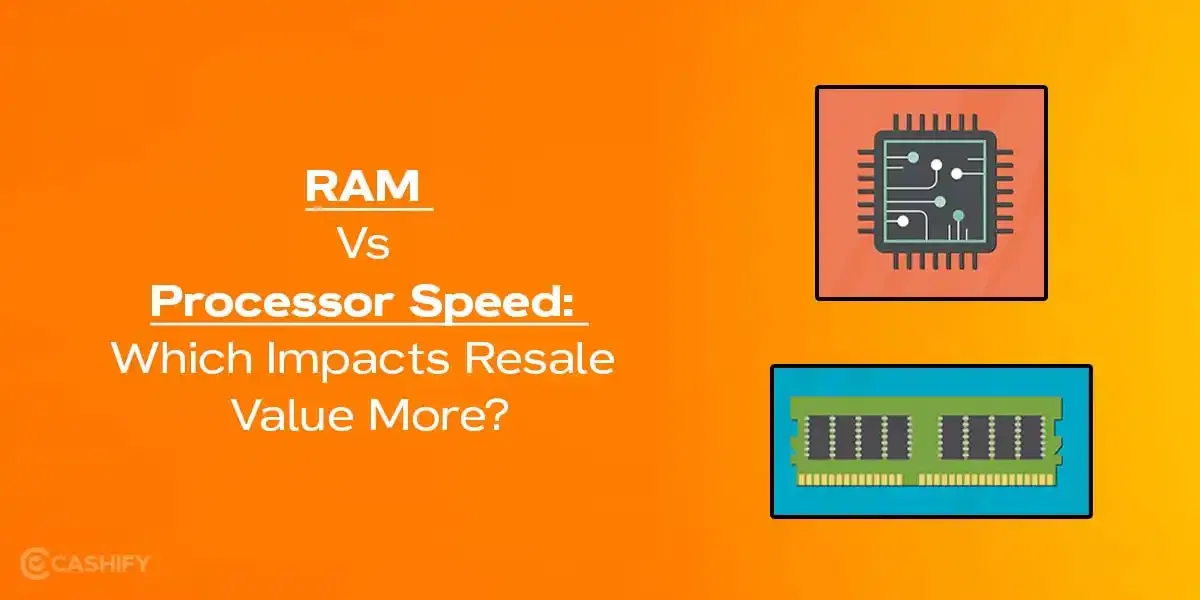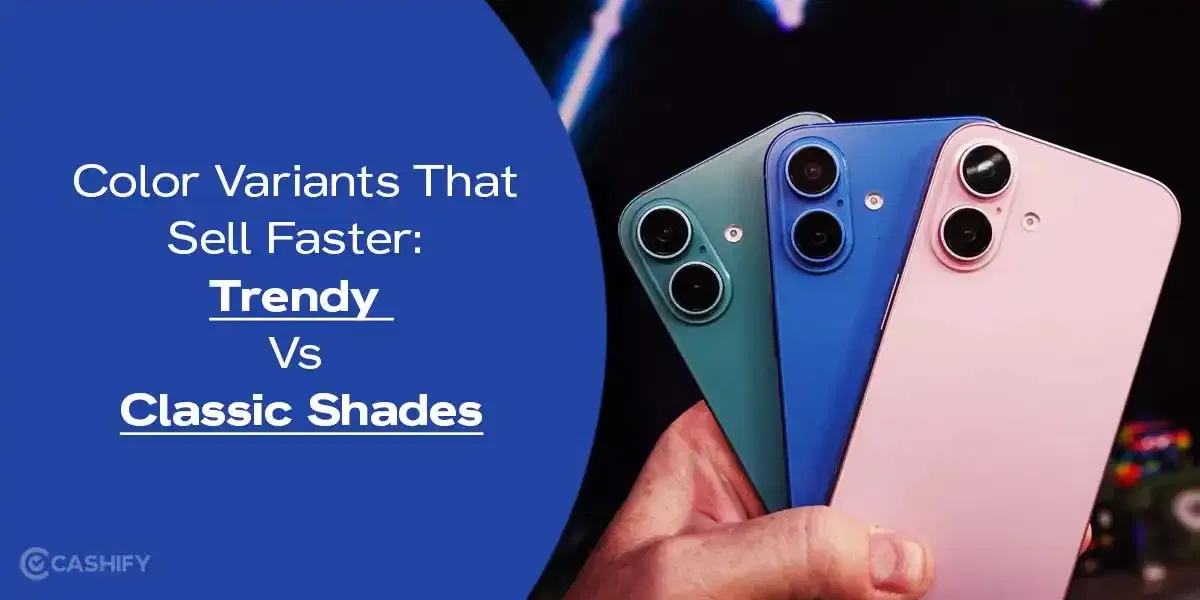Samsung has officially launched its 200-megapixel ISOCELL HP2 image sensor. The sensor offers improved image quality and lets manufacturers integrate high-resolution pictures without increasing the camera bump. The sensor will likely be a part of the upcoming Samsung Galaxy S23 series which will launch on February 1, 2023. Moreover, it can bin up to 16 pixels together to shoot HDR images at 50 megapixels, or 4K HDR videos at 60fps.
Additionally, the brand has also integrated Dual Vertical Transfer Gate pixel technology to increase its per-pixel electron efficiency capacity. Which translates to better control of exposure rates. Samsung says it has fixed the problem of images coming washed out in bright environments with the HP2’s Dual Vertical Transfer Gate technology. Moreover, Samsung’s Super QPD technology controls autofocus which allows focusing quickly even in dimly lit environments. Let us know more about the newly unveiled image sensor in this article.
Also Read: Samsung Galaxy S23 Series Specifications Tipped: Details Here
ISOCELL HP2 Sensor: What Does It Offer?
Joon-Sep Yim, executive vice-president of the Sensor Business Team at Samsung Electronics said that- “the Samsung ISOCELL HP2 harnesses Samsung’s high-resolution image sensor technologies and know-how at the cutting edge for epic details. Our leadership comes from innovative pixel technologies that allow our sensors to go beyond the number and size of pixels. We will continue to open new horizons and solidify our presence in the expanding ultra-high-resolution sensor market.”

Moreover, the image sensor has 200 million pixels, each measuring 0.6um in size. In a blog post, Samsung explains that the image sensor packs 200 million 0.6-micrometre pixels in a 1/1.3-inch optical format. A sensor size that is widely used in 108-megapixel main smartphone cameras. Additionally, the brand will use advanced computational photography tech to deliver high-resolution results.
The company will use Tetra2pixel pixel binning technology to combine several pixels into a superpixel to include the maximum colours, in other words, details. It improves low-light photography by transforming either into a 1.2-micrometre 50-megapixel or 2.4-micrometre 12.5-megapixel image sensor. Moreover, it also uses pixel binning at around 33 megapixels to shoot 8K videos at 30fps, without cropping the sensor. If the sensor finds its way to the Samsung Galaxy S23 Ultra 5G it will be the best phone to take pictures in normal, low-light and brightly lit environments.
Read More: LeEco S1 Pro With iPhone 14 Pro-Like Design Launched

